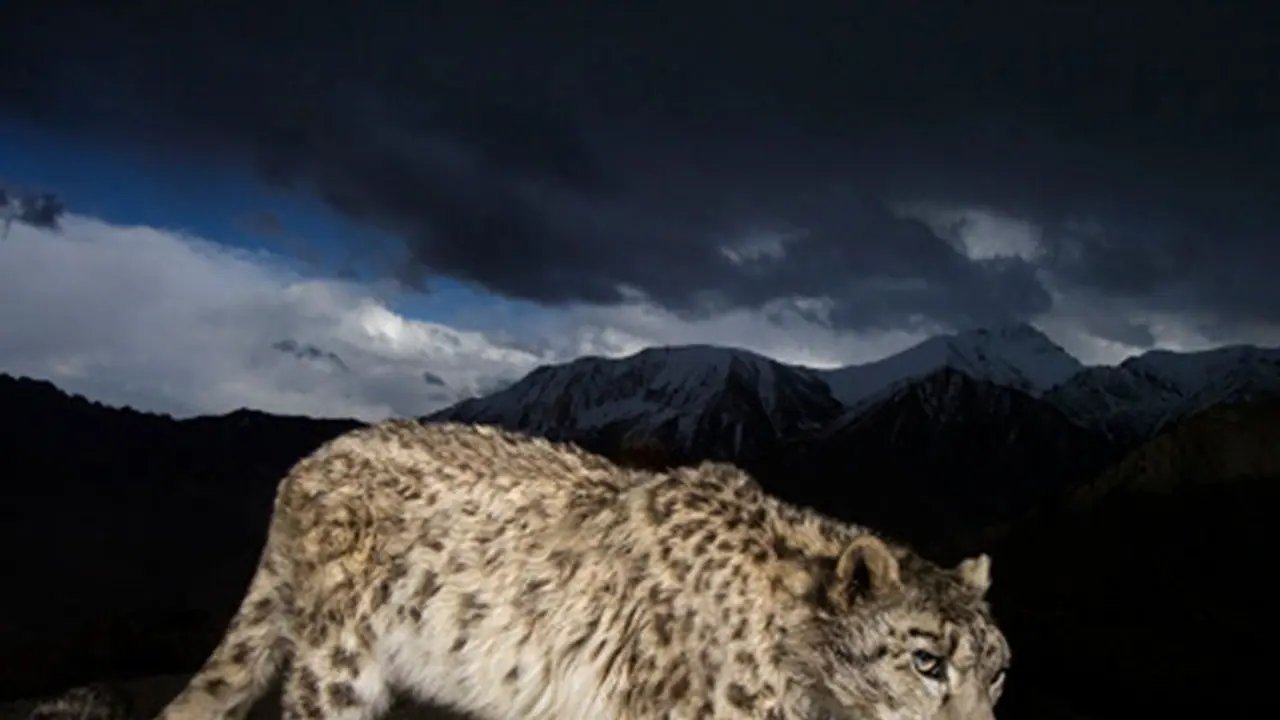Kibber has a monastery and a wildlife sanctuary. This place is known for snow leopard sightings.

Kibber is a small village located at a high altitude of Spiti Valley in Himachal Pradesh. This village has a monastery and the Kibber wildlife sanctuary that draws many tourists to this village. The unique aspect of this wildlife sanctuary is that it is the only one in India that is located in a cold desert area.
Sighting of snow leopard is rare in this village but not an unusual phenomenon. One of the reasons why their sight is rare is the fact that this carnivore is considered shy.
However, recently a snow leopard was spotted on top of a cliff in this village and what happened next is not only heart warming but also shows the wonderful harmony between men and wild animals.

The snow leopard was first spotted at the cliff by a young boy who alerted the villagers of Kibber according to a report in snowleopard.org. That day people ran to see and click photos of the wild animal.
The next day also, the same snow leopard was spotted at the same spot, and more people visited to see it and click photos. Meanwhile, a village elderly told that the animal is very old and he derived the fact from the yellow teeth of the animal.
The snow leopard that is otherwise an aggressive animal napped through the whole day and occasionally glanced at the people who kept on gathering to take a look at it. Soon, the villagers came to the conclusion that the animal is indeed old and that it is no more capable of hunting for food.
Some villagers then started bringing in carcasses of livestock to feed the ageing animal with the hope to keep the leopard alive for few more days. The animal after a couple of days breathed its last, and the news spread like wildfire.

Villagers again rushed to the cliff to take a last look at the animal, and soon after, villagers in the presence of the forest department officials brought the dead animal to the village.
People gathered around to see it, mourn the loss of the wildcat, and many also wore the traditional scarf, named Khataks, which is usually worn to pay last respect after the demise of some honourable community member. Finally, the animal was cremated.
In the past, it was seen that people in order protect their livestock people killed the wild animals. But, in the recent times, it has been seen people have become more sensitive towards the wildlife, and the harmony is quite evident.
